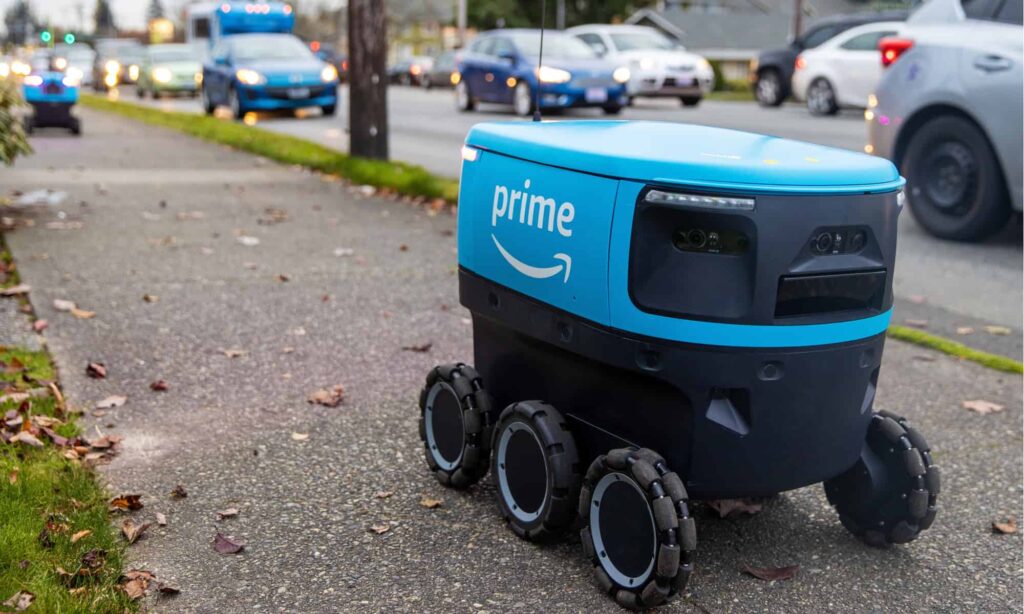What Amazon’s Tech Boss say on will Robots Lead to Job Insecurity At Amazon?

Image credit: History-Computer
Sparrow, Amazon’s newest robot, selects things to be dispatched to consumers at the company’s robotics lab on the outskirts of Boston, Massachusetts, exhibiting dexterity similar to a human hand.
The five billion shipments that Amazon sorts and sends each year could eventually be handled by this robot, which is the e-commerce giant’s most sophisticated model yet.
There are growing concerns that “Sparrow” and other robots like “Robin” and “Cardinal” will eventually run Amazon’s warehouses, resulting in significant job losses.
Tye Brady, the head of robotics at Amazon, downplays these worries, which have been voiced by labour unions.
Sparrow, which is outfitted with cameras and cylindrical tubes, is able to identify and choose a specific item from among millions of goods of various sizes and forms.
Robin and Cardinal can only reroute entire packages, so Sparrow is the first robot from Amazon with the capacity to manage specific items.
A small army of machines, including “Proteus,” which can move hundreds of kilogrammes of objects around warehouses, collaborates with the robotic trio.
The goal of Amazon is to make sure that there is as little time as possible between the time a client orders an item and the time it is delivered to their home.
Some employees claim the corporation treats them like “slaves” and denies them food and bathroom breaks in order to achieve this goal.
By the end of the decade, the company wants to use drones to deliver 500 million items, including in significant US cities like Boston, Atlanta, and Seattle.
Due to the enormous increase in demand, studies now indicate that the shift toward robots in e-commerce won’t result in a significant loss of jobs in the short to medium term.
While some technologies help ease laborious warehouse jobs, according to a 2019 study by the University of California’s Labor Center at Berkeley, they may also contribute to raising the “workload and tempo of work.”
Specifically, in highly specialised engineering, but also as technicians and operators, Amazon claims that its innovation has created more than a million jobs and 700 new job categories.
